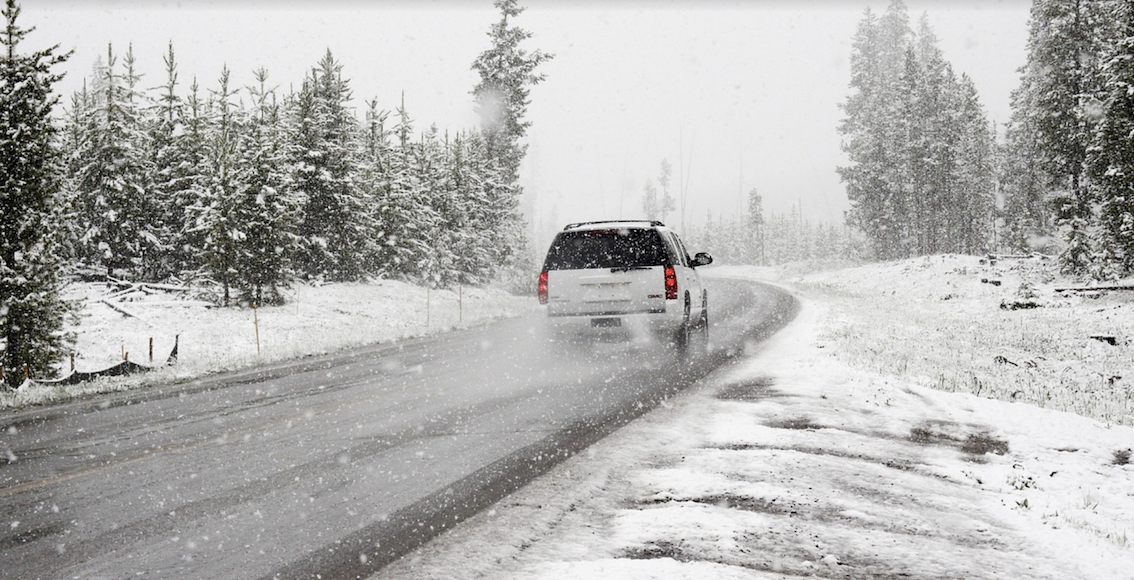Remember these safety tips this winter season:
When parking your vehicle:
• Never leave a wallet or purse in your vehicle.
• Look around your vehicle and see what items you’ve left in plain sight. Things that don’t appear tempting to you could be attractive to a thief (clothing, food, loose change, etc.) Report any suspicious activity around a vehicle to your local police.
• Choose well-lit areas to park. Look for areas near pedestrian traffic.
• Always close windows and lock doors.
• Use an anti-theft device.
• Keep your spare keys in your wallet, not in your car.
When shopping:
• Ask whether a mall has lockers to store goods until you are finished shopping for the day.
• Do not lock your purchases in the trunk. Would-be thieves often hang around parking lots watching for people to place items in trunks and then leave the vehicle unattended. If you choose to lock purchases in your trunk at least move your vehicle to another location in the parking lot (in case you were being watched) and then return to your shopping.
• Check with your local mall to see if it sponsors volunteer patrols who watch out for suspicious activities in parking lots.
At home:
• Light your driveway all night. After opening your automatic garage door or gate to your home or underground parking, watch out for thieves waiting to slip inside. Wait for the garage door or gate to close behind you.
Every season puts particular demands on your automobile-and on you, its driver.
Your vehicle and you must be ready, especially in the winter, when the weather gets ugly and roads treacherous.
Be sure to:
• Tune-up the motor.
• Check fluid levels.
• Change the oil. d. Check the anti-freeze.
• Fill wiper fluid reservoir with a de-icing solution.
• Check the battery.
• Check the tread and air pressure of your tires.
• lnspect the brakes.
• Install good windshield wiper blades.
• Check head and signal lights.
• Ensure all belts and hoses are in good shape.
• Make sure the heater and defroster are working properly.
Check road and weather reports first. Do this before driving on highways or rural roads, and especially if travelling far. It might be better to stay home until conditions improve. During your trip, tune in to local radio stations for up-to-the-minute road and weather reports.
How to drive on icy or snowy roads:
• Slow down.
• Accelerate gently and steer smoothly.
• Carefully test your braking and steering at a very slow speed.
• Allow extra space margins.
• Slow down before curves and corners.
• Go down icy hills in a low gear.
• Avoid passing.
• If your wheel’s lock, ease off the brakes then re-apply them to maintain steering control.
• Turn off your cruise control on wet, slippery or snowy surfaces. Traction is required for cruise control to perform safely.
Equip your vehicle with winter driving equipment:
• Jumper cables, a shovel, traction pads or chains, an ice scraper and a towing cable.
• Flares, a blanket, a first aid kit, candles, water and non-perishable foods such as candy bars, dried fruit, nuts.
• Warm gloves, boots, a flashlight and a cellular phone (if you have one).
Drinking and driving don’t mix.
• If you’re the host of a holiday party, make sure you offer alternatives to alcohol and check how your guests are getting home.
• Going out to celebrate? Please designate a driver, take a cab or call a friend or family member to pick you up. Everyone needs to get home safely to their family and friends.
For more information, click here.


